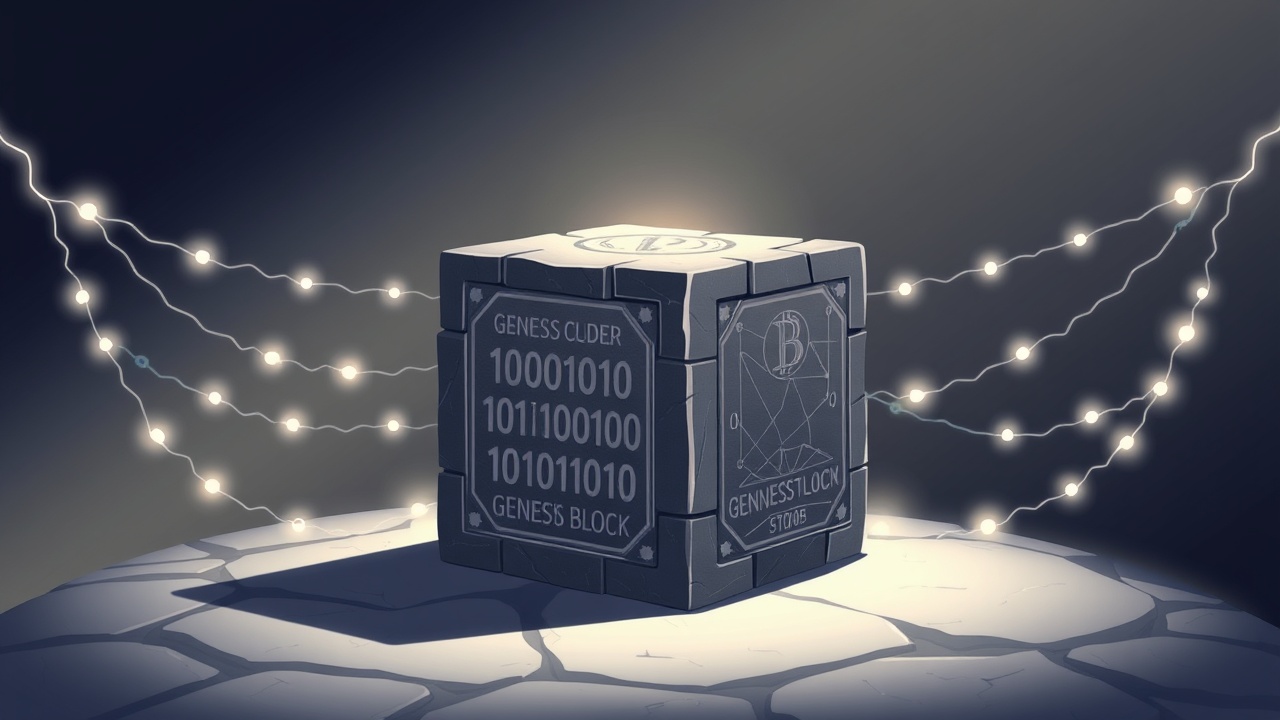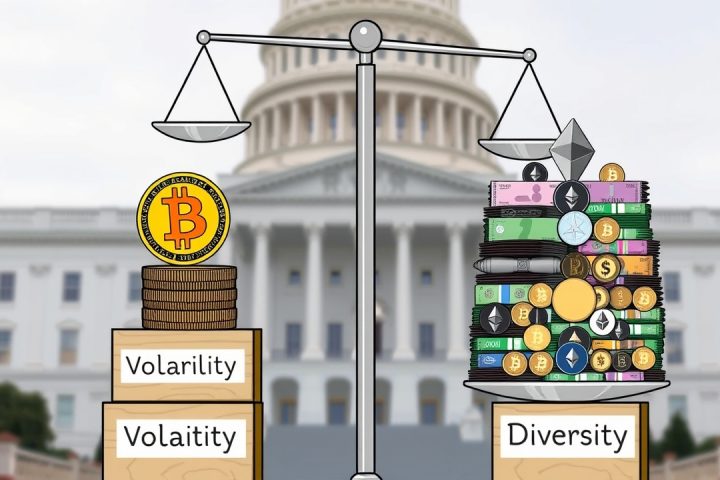The Genesis Block: The Birth of Blockchain Technology
In the realm of blockchain technology, every significant journey commences with an event known as the Genesis Block, a pivotal point that heralds the inception of decentralized networks. Analogous to a fairy tale’s introduction, the Genesis Block is where the entire blockchain narrative begins, preceding the era of NFTs, smart contracts, and an explosion of digital tokens. It is not merely the initial block; it is the bedrock from which Bitcoin, Ethereum, and countless other blockchain initiatives sprang to life.
Understanding the Genesis Block
To understand its essence, consider the Genesis Block as the first digitized brick in a virtual high-rise, with every subsequent block neatly layered atop it, forming an immutable chain of information. Each blockchain incorporates this foundational element, which carries an extraordinary distinction: unlike other blocks that connect sequentially, the Genesis Block stands alone as the sole predecessor of its kind, lacking any parent block. This crucial block serves as both the impetus for the blockchain’s birth and the cornerstone that supports its structure.
Significance and Symbolism
The significance of the Genesis Block extends beyond mere technicalities; it incorporates rules that govern the blockchain and is the point where digital assets—be these coins, tokens, or other valuables—are first established within the system. In this way, it serves as an operational guide designed to ensure stability and functionality within the blockchain.
Symbolically, the Genesis Block signifies the awakening of decentralized innovation, encapsulating the moment when blockchain technology began to challenge traditional concepts of money, trust, and ownership in the digital landscape. Satoshi Nakamoto, the enigmatic creator of Bitcoin, mined the first Genesis Block on January 3, 2009, embedding within it a notable message that resonated with the tumultuous financial climate of that time. This message was more than a timestamp; it underscored Bitcoin’s purpose: to create a monetary system free from the control of banks or governments, thus birthing the first decentralized currency.
Evolution of the Blockchain Narrative
Fast forward to 2015, the launch of Ethereum introduced its own Genesis Block, expanding the blockchain narrative beyond currency to the domain of smart contracts. This innovative feature empowered developers to create decentralized applications (dApps) directly within the Ethereum framework, signaling a transformative period in the blockchain narrative that included applications across various sectors such as finance, art, and gaming.
Each Genesis Block, from Bitcoin’s inception to Ethereum’s innovative leap, carries its unique tale, shaping our understanding of value and functionality in the digital universe. The legacy of these foundational blocks continues to guide the evolution of diverse blockchain networks today, illustrating that every significant advancement in this space begins with a single, indelible block. Today, that initial step within blockchain history propels ongoing innovations and reshapes how we interact in an increasingly digitized world.




